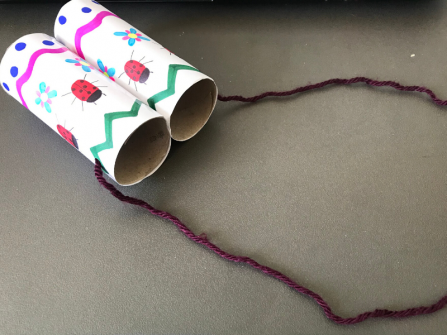The summer holidays are a great time to get outside and look at the nature all around you. Even if you’re staying at home, there are so many exciting things to do and discover right on your doorstep!
We’ve got plenty of inspiration for activities to keep you busy, rain or shine, complete with how-to guides and activity sheets. If you’re looking for a short activity, start at the top of the list. Bigger projects to get stuck into are towards the bottom. Have fun!





























